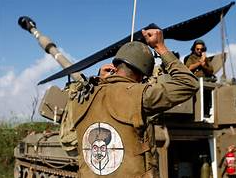Neither side wants a war but both are rewriting the rules of engagement
The Gaza conflict has fundamentally altered the dynamics between Israel and Hezbollah. Before 7 October, both sides adhered to an unwritten set of rules that governed their interactions, a de facto code that had been in place since their 2006 war. These guidelines limited Hezbollah’s attacks to Israeli-held territory, such as the Shebaa Farms—a disputed area that Lebanon claims—but did not extend to areas inside Israel.
However, the rules of engagement have become increasingly flexible over the past nine months. Hezbollah, a heavily armed, Iran-backed group, became more involved in the Gaza conflict, initially launching rockets on Israeli-held territories in October. This escalated quickly, with Hezbollah carrying out strikes deeper into Israeli territory.
In response, Israel’s retaliation, which initially focused on Hezbollah military targets near the Israel-Lebanon border, expanded to include broader regions of southern Lebanon and the Beqaa Valley. The escalation reached new heights on 2 January, when Israel launched an airstrike in the Hezbollah-controlled southern suburb of Beirut, targeting and killing a Hamas spokesperson.
Both sides appear to be rewriting the rules of engagement, breaking traditional red lines that had previously prevented direct confrontation. Despite both Israel and Hezbollah expressing reluctance to escalate to full-scale war, the continuous exchange of attacks and the expanding scope of military operations suggest that the boundaries of conflict are rapidly shifting, and the risk of a wider war grows.

